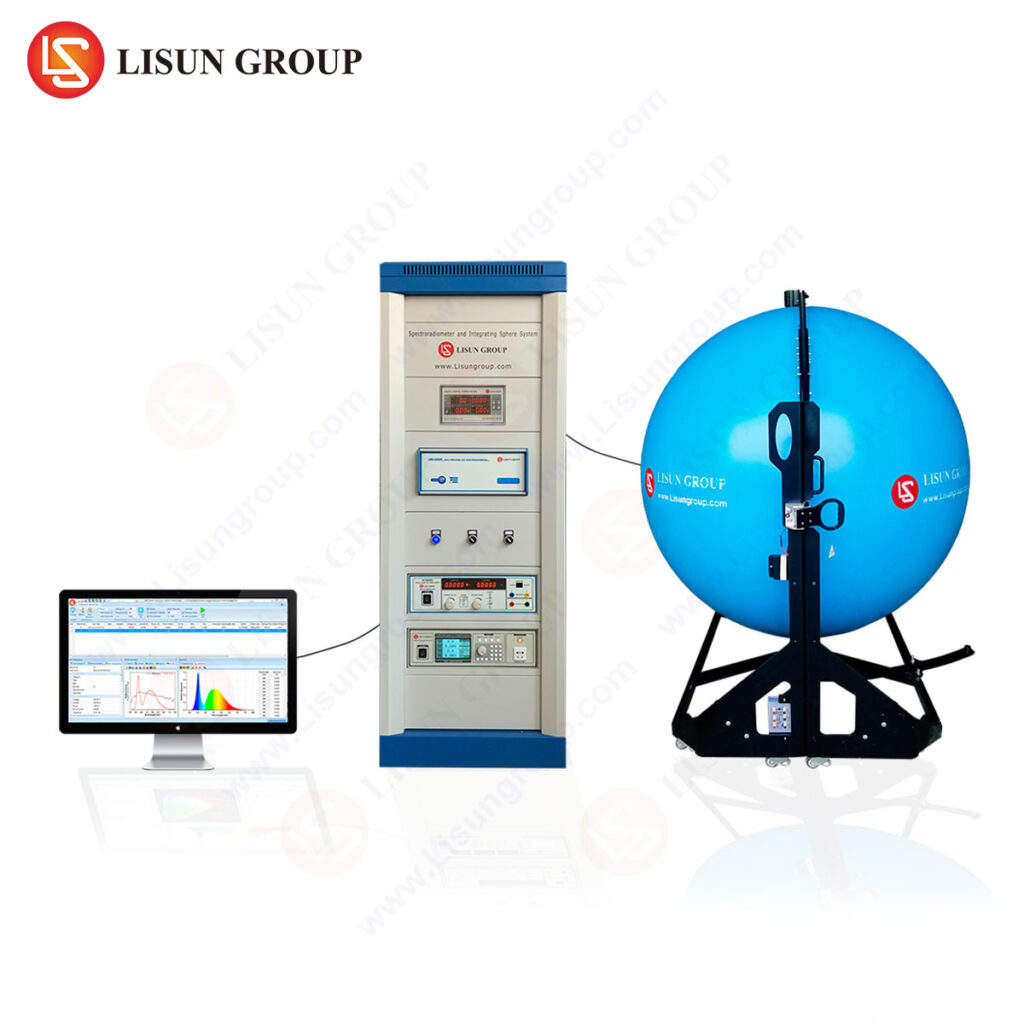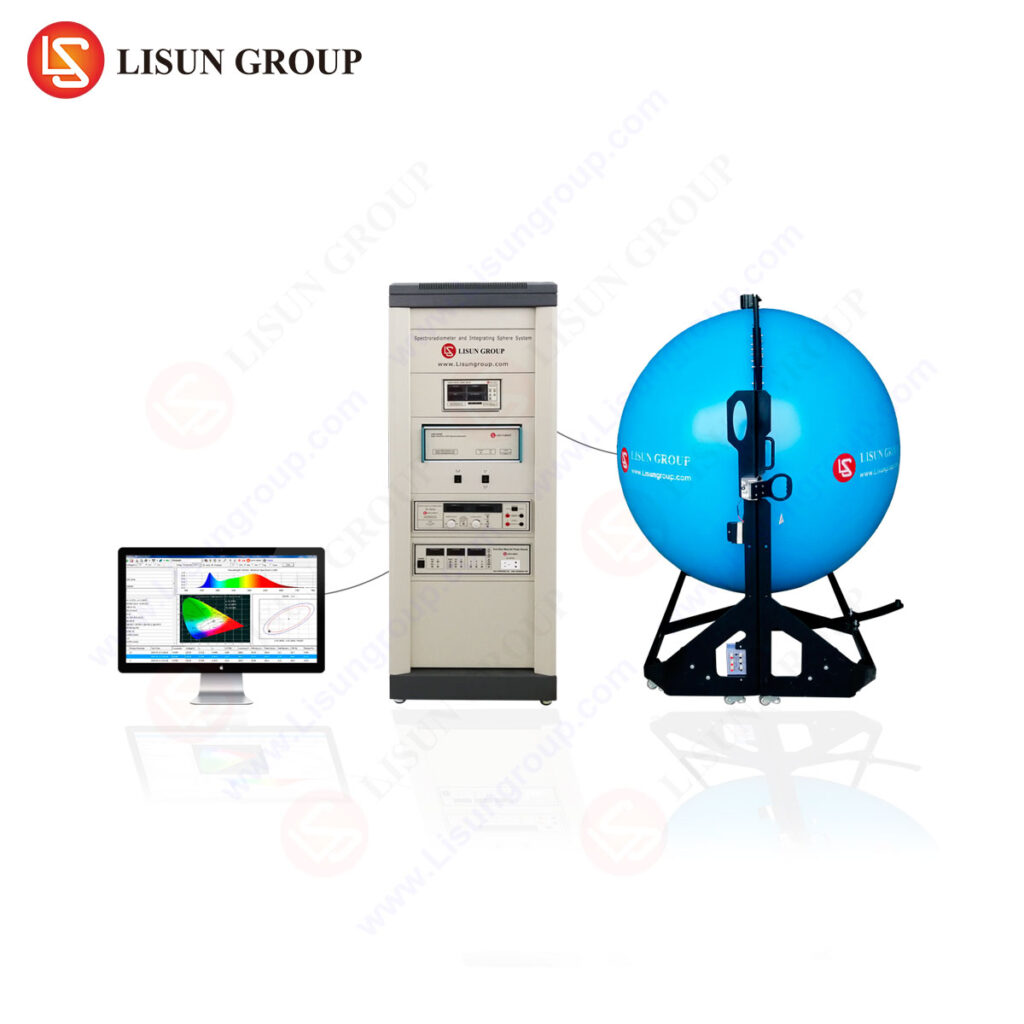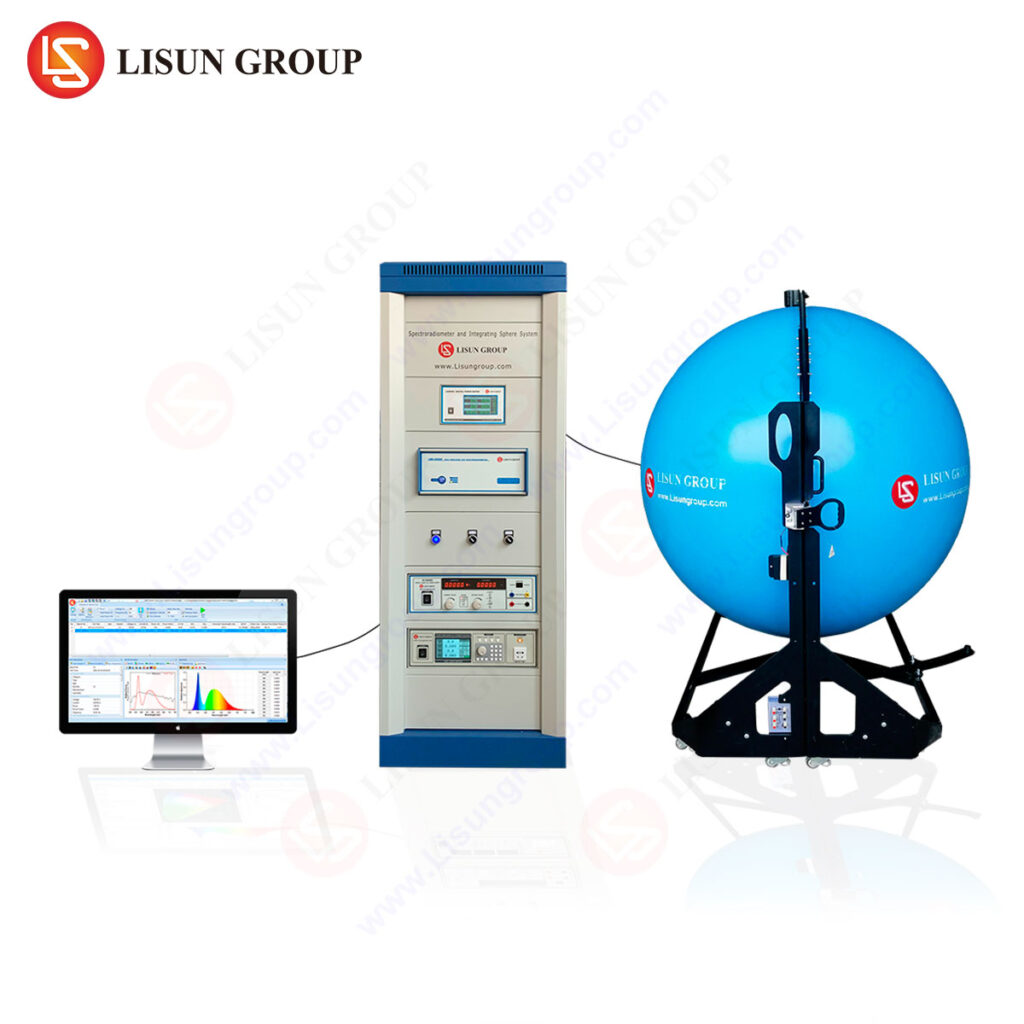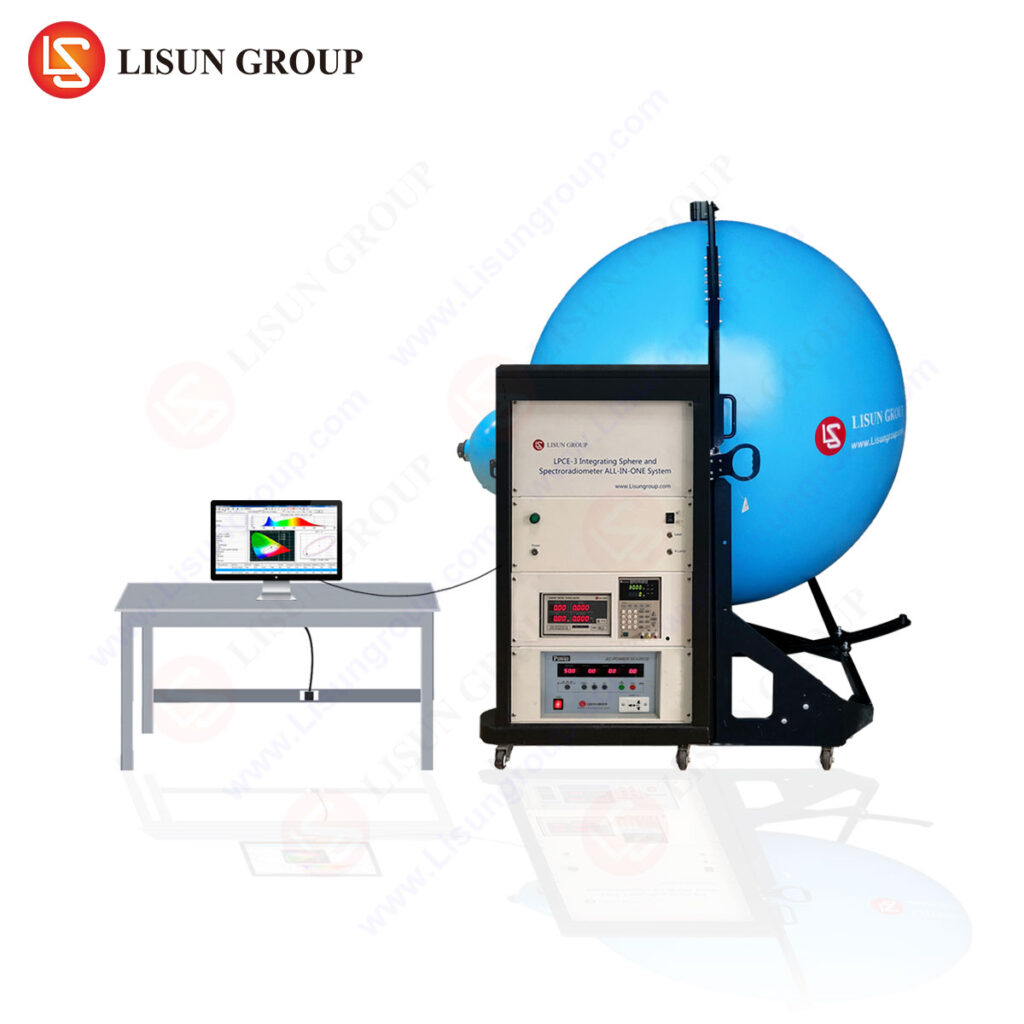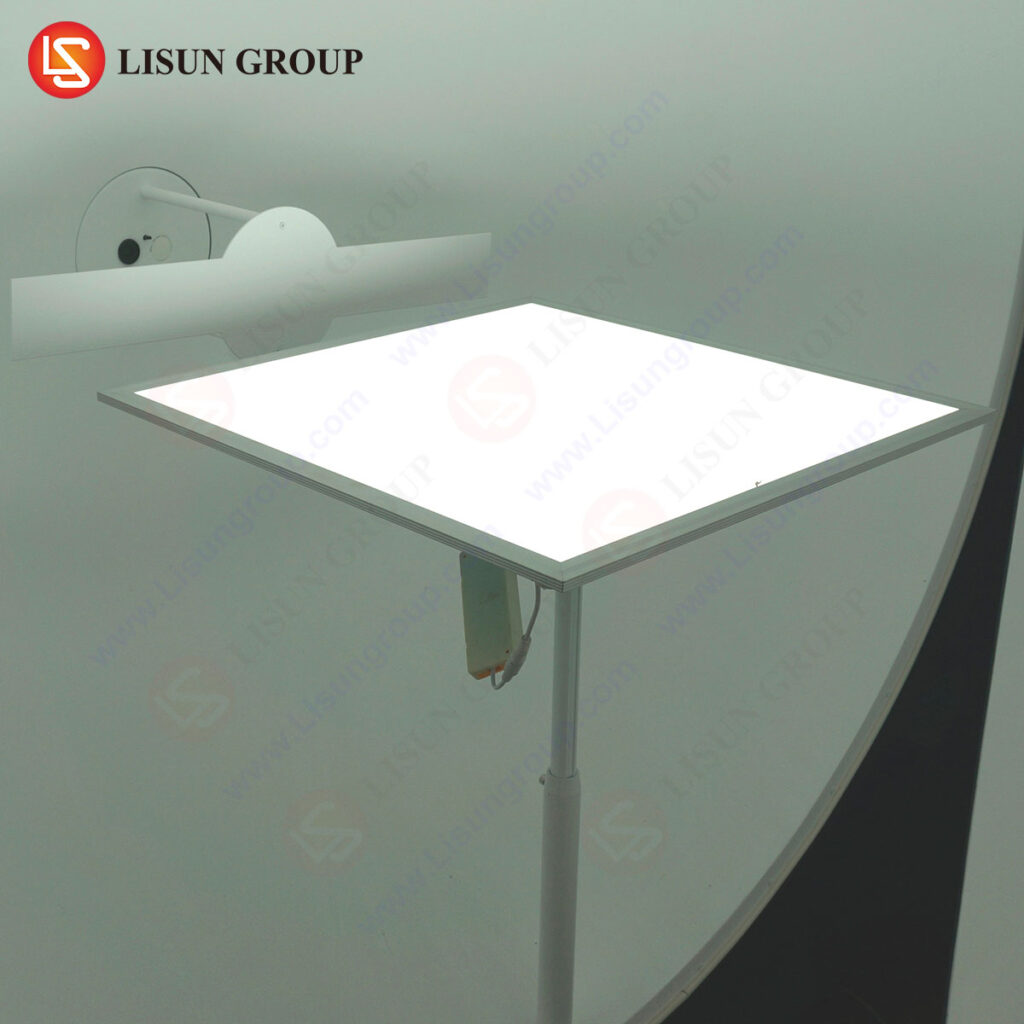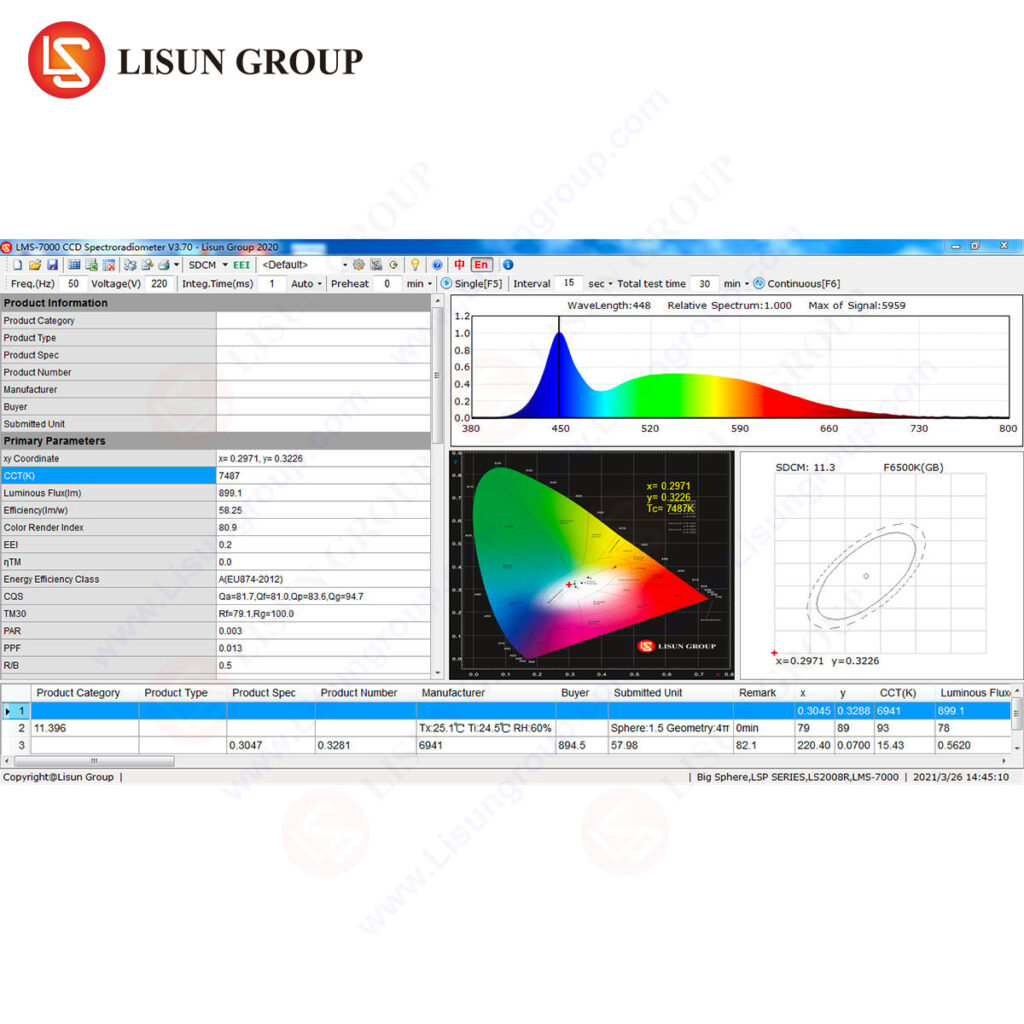Introduction to Optimizing led testing with an integrating sphere setup
LEDs are becoming increasingly popular in the lighting industry due to their energy efficiency and long life. However, testing LED luminaires can be a challenge due to their complex optical characteristics. An integrating sphere setup is one of the most effective ways to accurately measure the performance of LED luminaires. This article will discuss the basics of optimizing LED testing with an integrating sphere setup.
an integrating sphere is a device that is used to measure the total light output of a light source. It consists of a hollow sphere with a diffuse white interior surface. The light source is placed in the center of the sphere and the light is reflected off the interior surface and collected by a detector. This allows for the measurement of the total light output of the source, regardless of the direction of the light.
The main advantage of using an integrating sphere setup for LED testing is that it eliminates the need for multiple measurements. Instead of measuring the light output from each direction, the total light output can be measured in one go. This makes the testing process much faster and more efficient. Additionally, the results are more accurate since the light output is measured from all directions.
Optimizing LED Testing with an integrating sphere Setup
When optimizing LED testing with an integrating sphere setup, there are several factors to consider. First, the size of the sphere should be chosen based on the size of the LED luminaire being tested. The larger the sphere, the more accurate the results will be. Additionally, the sphere should be placed in a dark room to minimize the effect of ambient light.
The next step is to choose the appropriate detector for the setup. The detector should be sensitive enough to measure the light output of the LED luminaire, but not so sensitive that it picks up ambient light. Additionally, the detector should be placed at the center of the sphere to ensure that all of the light is collected.
Finally, the LED luminaire should be placed in the center of the sphere and the light output should be measured. The results should be compared to the manufacturer’s specifications to ensure that the luminaire is performing as expected.
Conclusion
Optimizing LED testing with an integrating sphere setup is an effective way to accurately measure the performance of LED luminaires. By choosing the appropriate size sphere, detector, and placement of the LED luminaire, the results can be more accurate and efficient. Additionally, the results can be compared to the manufacturer’s specifications to ensure that the luminaire is performing as expected.
FAQs
Q: What is an integrating sphere setup?
A: An integrating sphere setup is a device that is used to measure the total light output of a light source. It consists of a hollow sphere with a diffuse white interior surface. The light source is placed in the center of the sphere and the light is reflected off the interior surface and collected by a detector.
Q: What are the advantages of using an integrating sphere setup for LED testing?
A: The main advantage of using an integrating sphere setup for LED testing is that it eliminates the need for multiple measurements. Instead of measuring the light output from each direction, the total light output can be measured in one go. This makes the testing process much faster and more efficient. Additionally, the results are more accurate since the light output is measured from all directions.
Q: What factors should be considered when optimizing LED testing with an integrating sphere setup?
A: When optimizing LED testing with an integrating sphere setup, the size of the sphere should be chosen based on the size of the LED luminaire being tested. Additionally, the sphere should be placed in a dark room to minimize the effect of ambient light. The detector should be sensitive enough to measure the light output of the LED luminaire, but not so sensitive that it picks up ambient light. Finally, the LED luminaire should be placed in the center of the sphere and the light output should be measured.

